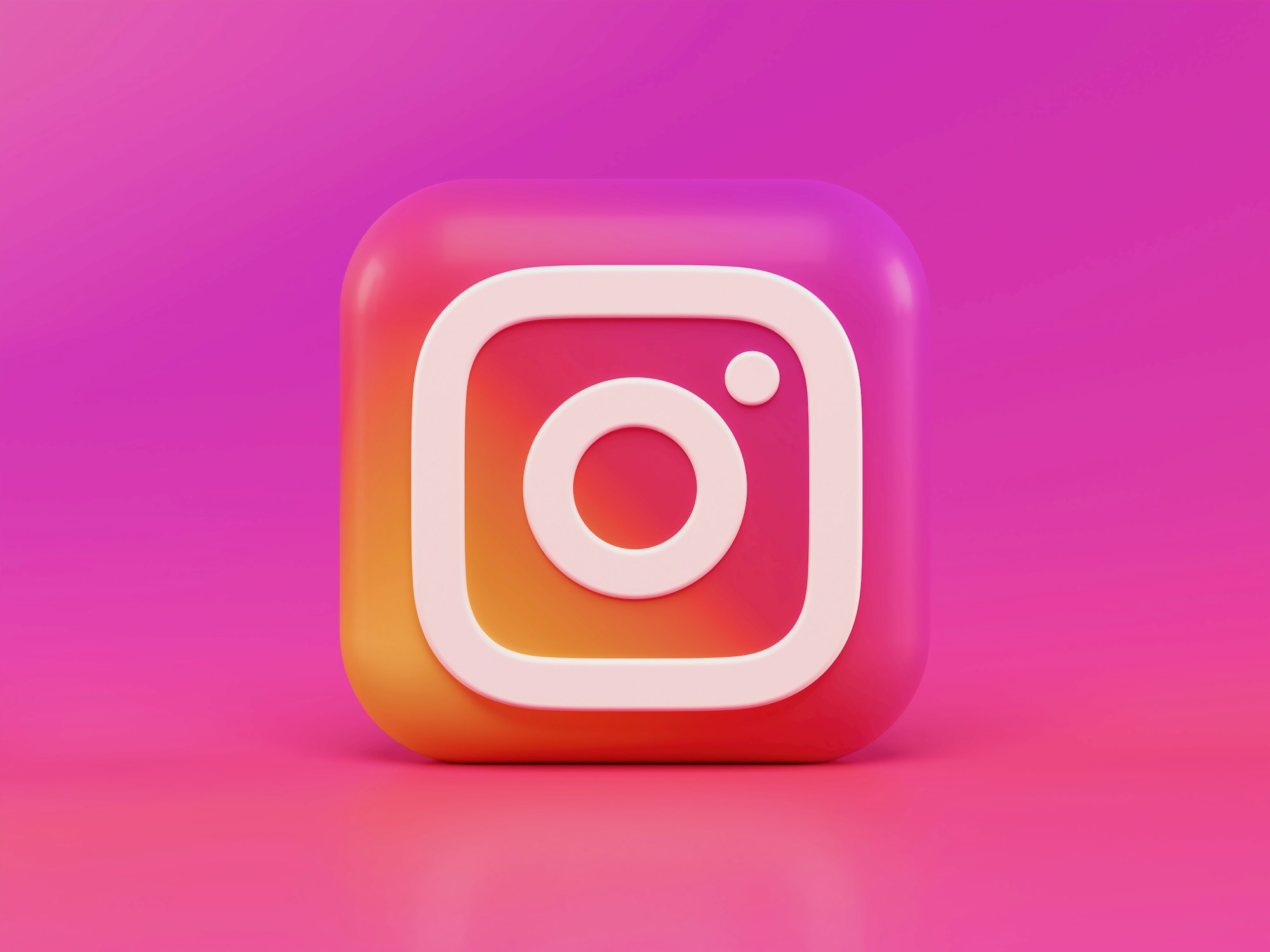Instagram Integrates Polygon & Arweave for Its NFT Marketplace
On Wednesday, Meta announced that Instagram will allow users to mint and sell NFTs through its app.

On Wednesday, Meta announced that Instagram will allow users to mint and sell NFTs through its app. Meta's NFTs will be on the Polygon (MATIC) blockchain, and Instagram is using decentralized storage protocol Arweave (AR) to store the NFTs. Since Instagram's announcement, MATIC is trading 45% higher and AR is up 55%.
In May 2022, Instagram added support for verifying and displaying NFTs in user profiles, starting with NFTs on Ethereum, Polygon, and Flow, the blockchain for Dappers Labs products like NBA Top Shot. Soon, users will be able to create and sell avatar NFTs within Instagram's app. Naturally, these "users" can include popular brands, like Disney and the NBA, and the avatar NFTs they sell can portray popular figures like Mickey Mouse and LeBron James.
Although I haven't seen it explicitly stated, I have to assume Instagram's NFT marketplace will be KYC'd like Reddit's Collectible Avatar marketplace. In an odd move, Meta says it won't charge its own fees on NFTs minted or sold through Instagram until 2024. Meta even intends to pay its users' Polygon gas fees, which helps explain why the marketplace uses Polygon instead of Ethereum.
Meta's approach to crypto fees is a bit odd. Instagram launches NFT transactions with no fees, but Meta's own metaverse is charging almost 50% on transactions within the Meta Quest VR headset.
Apple still intends to take its 30% fee for NFT sales within the Instagram app, and according to its recent clarification of the App Store rules, Apple seems to believe it's entitled to 30% of the sale price for NFTs sold in the Instagram marketplace but outside its iOS apps, such as on the Instagram website. If these Instagram user NFTs prove popular, we could see Meta go to war with the Apple App Store in the near future in order to avoid paying Apple's 30% fee.
